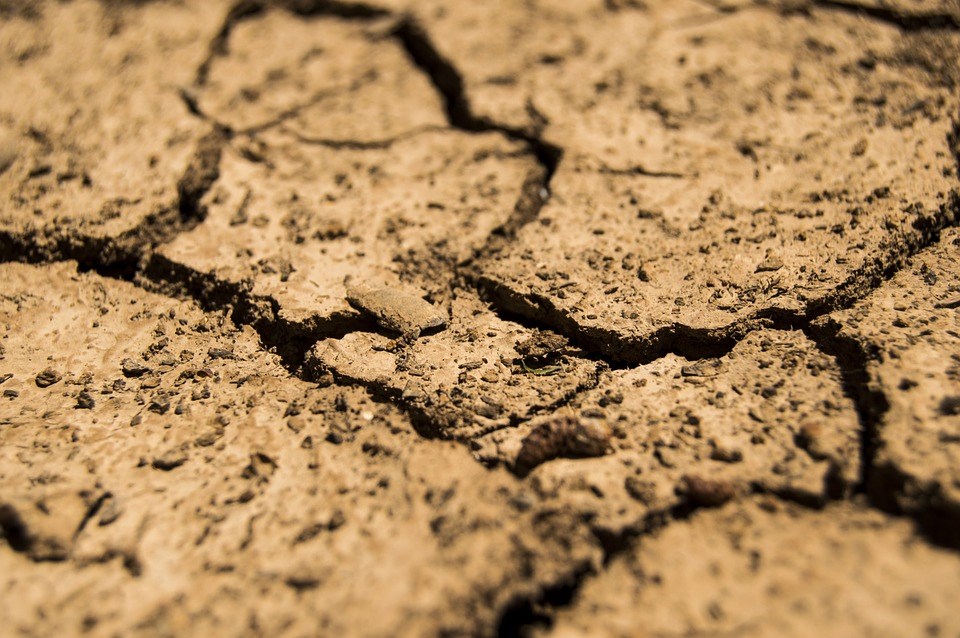Dry conditions stretch across the Prairies and beyond, with nearly half the country experiencing moderate to exceptional drought.
The most severe areas of exceptional drought are centred around Prince George, B.C., and east-central Alberta, according to the latest Canadian Drought Monitor map.
It’s the culmination of several dry years across the Prairies, making for pockets of exceptional drought conditions along the Alberta-Saskatchewan border as a new growing season approaches.
Trevor Hadwen, agroclimate specialist with Agriculture Canada, told the recent Alberta Irrigation District Association meeting that the impact is substantial.
“Soil moisture reserves have been depleted across agricultural regions, groundwater is starting to recede and reservoirs are extremely low,” he said of conditions across Western Canada. “And we are extremely vulnerable for drought conditions for the 2024 season.”
Unless significant precipitation reaches the West in coming weeks, Hadwen said the impacts could stretch beyond agriculture.
Southern Alberta is most vulnerable to drought due to historic environmental conditions, so it is also best prepared to deal with it, he added.
“However, there comes a point when adaptations and preparations are not enough to significantly prevent loss and severe impacts.”
Droughts are the costliest natural disasters because they can affect industries, health, tourism, transportation, energy and forestry sectors, in addition to agriculture, he said.
The 2001 drought, considered one of the worst in modern memory, cost the Canadian GDP $5.8 billion. Additionally, more than $325 million was paid out in moisture deficit insurance in Alberta alone, on top of $165 million in feed assistance.
Hadwen said there is no single definition of drought. Different regions have their own location-specific indications and adaptations.
“Unlike other natural disasters, impacts are non-structural and spread over a large timeframe and area. This makes drought deeply different to measure from other natural disasters. When you’re in a drought, you know you’re in a drought. You just don’t know when it began, and you might not know when it ends.”
Hadwen said the Canadian Drought Monitor uses multiple tools across the country and gets input from all levels of government and private sources.
“The Canadian Drought Monitor is a model and is not computer generated. It is an assessment process that requires human expertise and collaboration,” he said.
“It is not a forecast but a snapshot in time, looking at current conditions at the end of each month throughout the year.”
The Prairies received snowfall in January and February but not enough for overall improvement to conditions.
“The short-term precipitation that we are seeing is not making a difference on the long-term moisture status,” Hadwen said. “Just about the entire prairie region … are well below normal in terms of precipitation. That’s where we’re starting, leading into this year.”
Many prairie regions were snow-free over much of last year. That was followed by quick runoff in spring and hot temperatures early in the season.
This year is starting much the same way and Hadwen said there has been net moisture loss in many areas of the Prairies over the winter.
“We have not seen any improvement in those conditions, whatsoever, in the last couple of months.”



